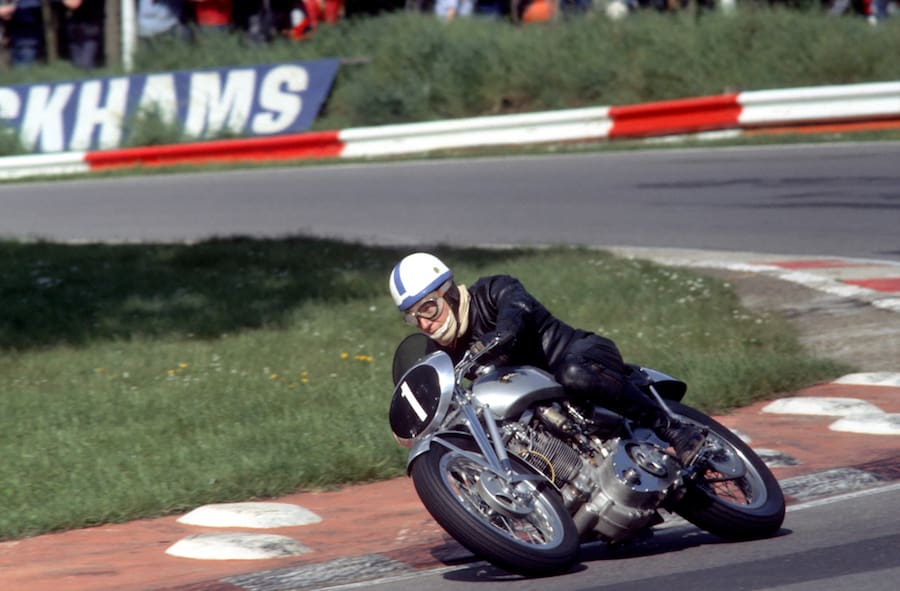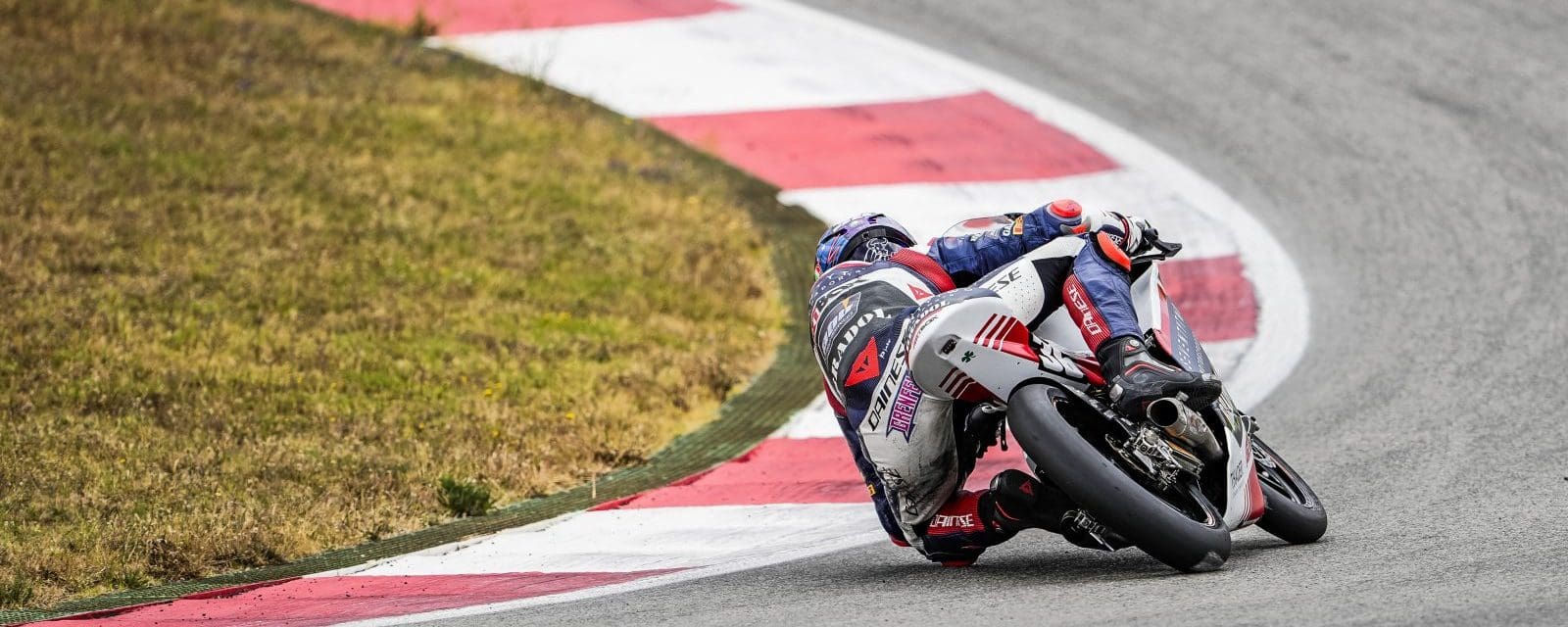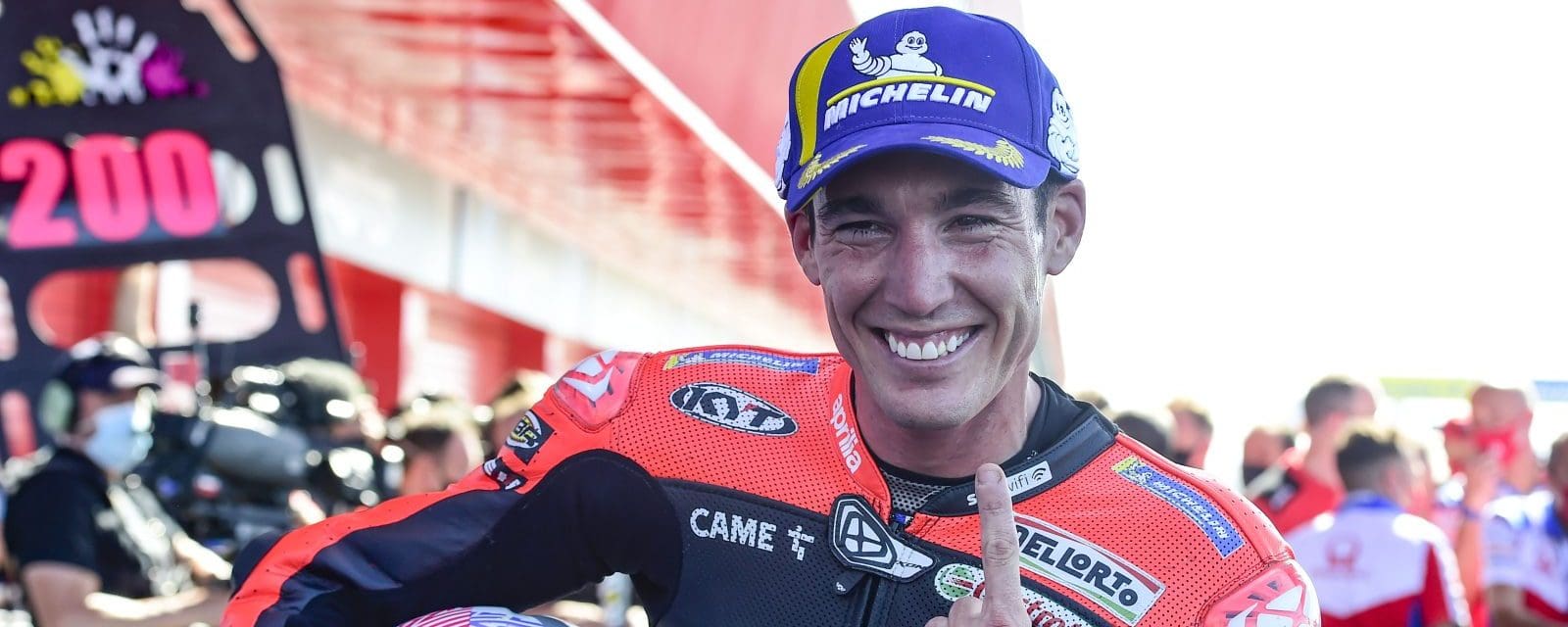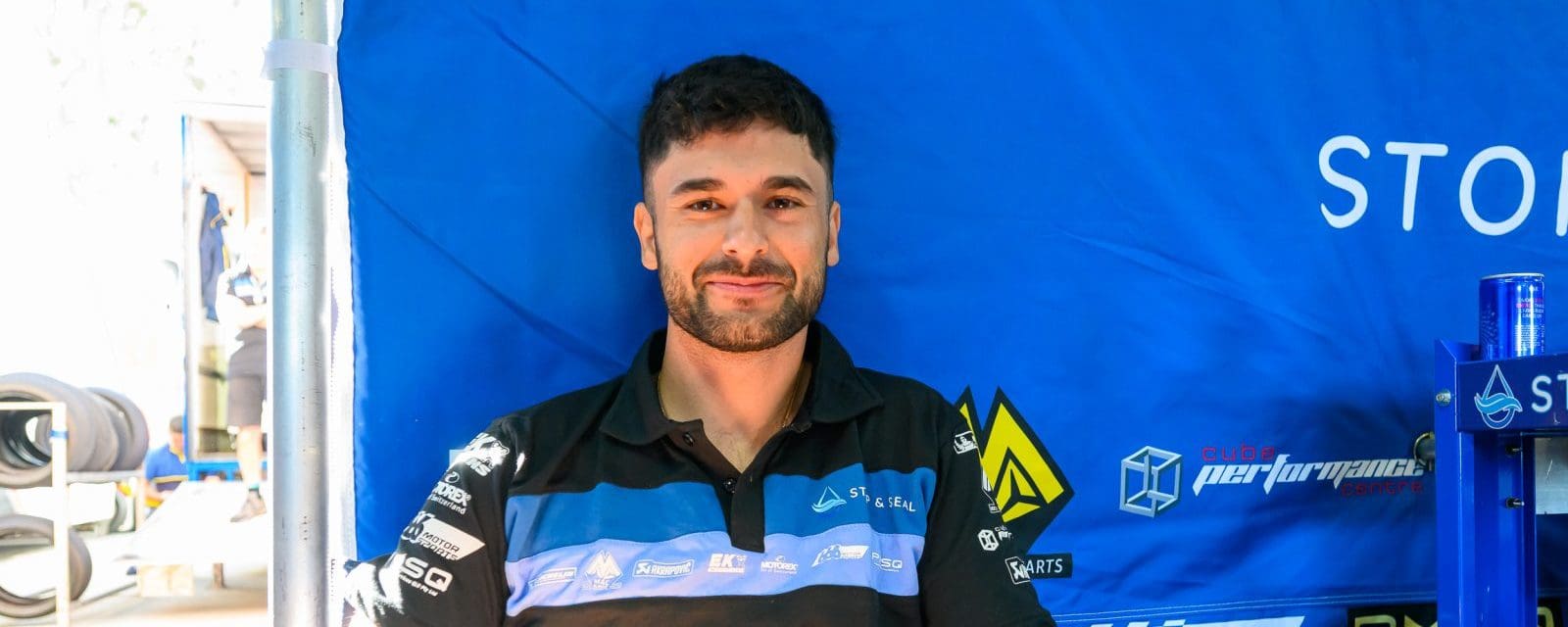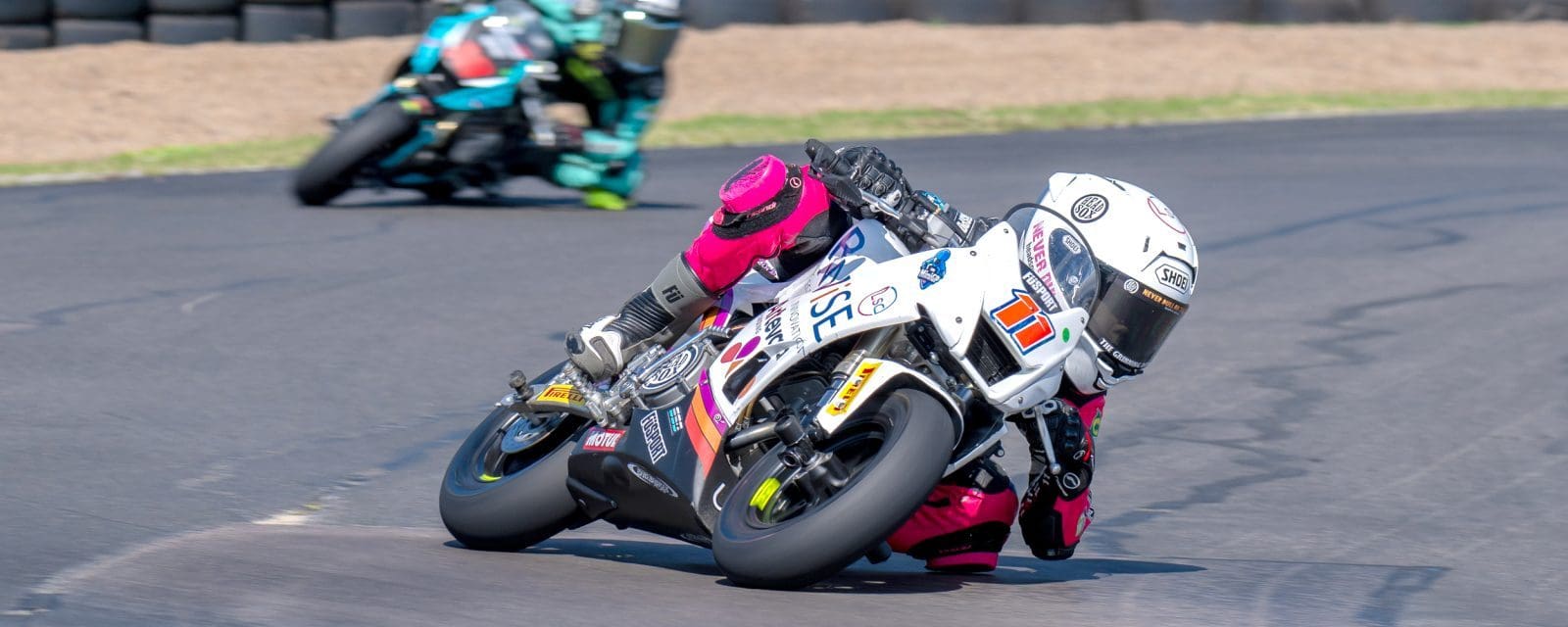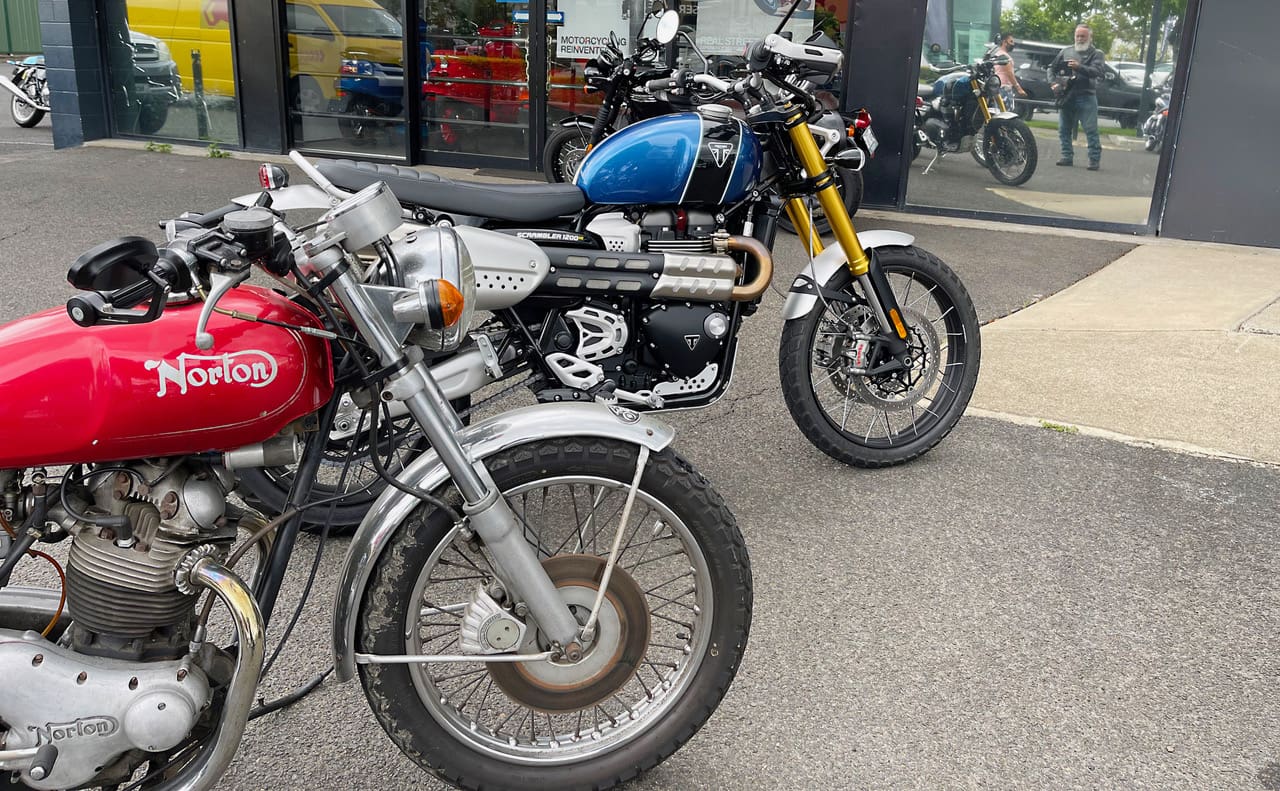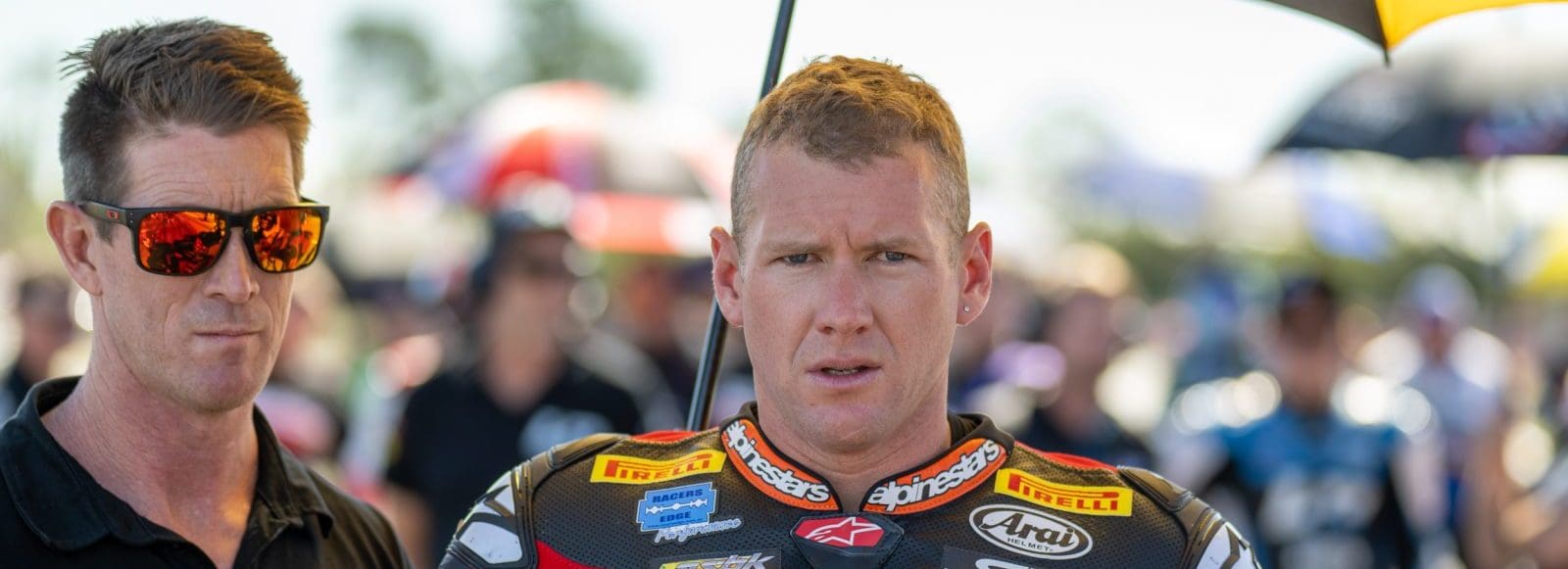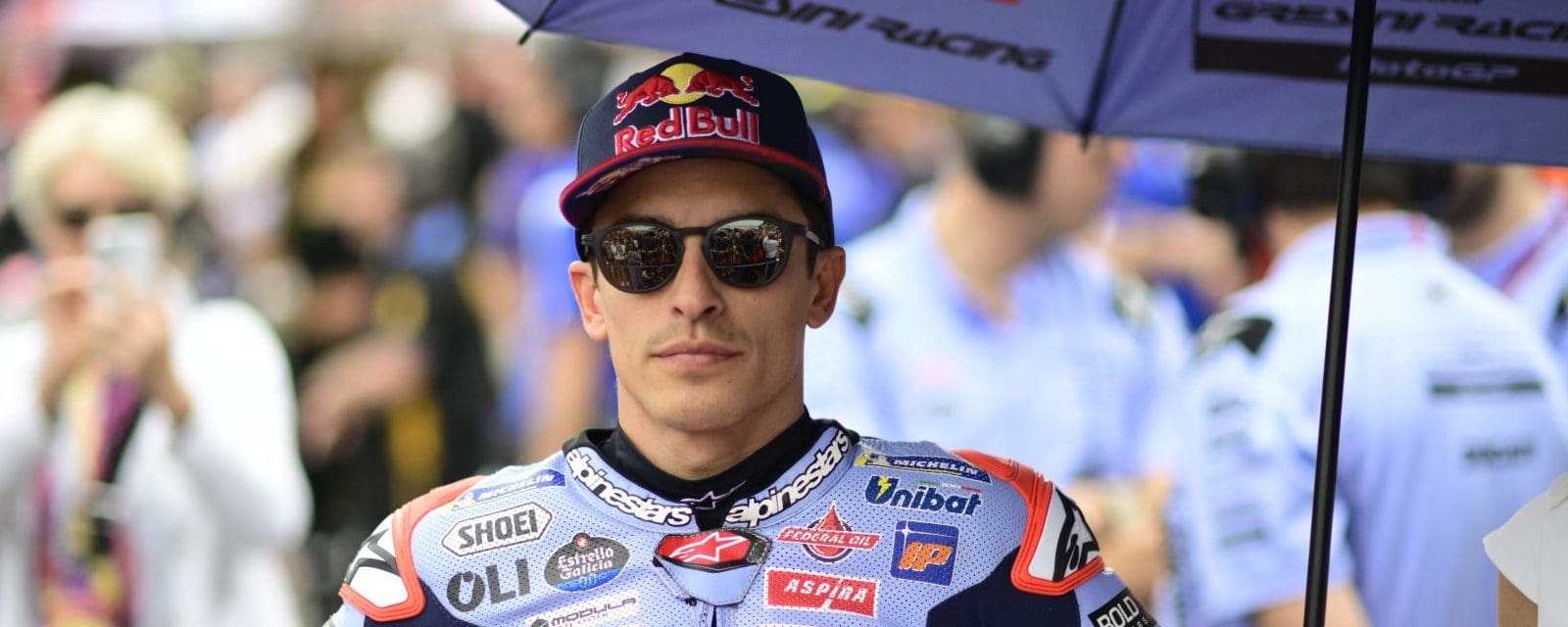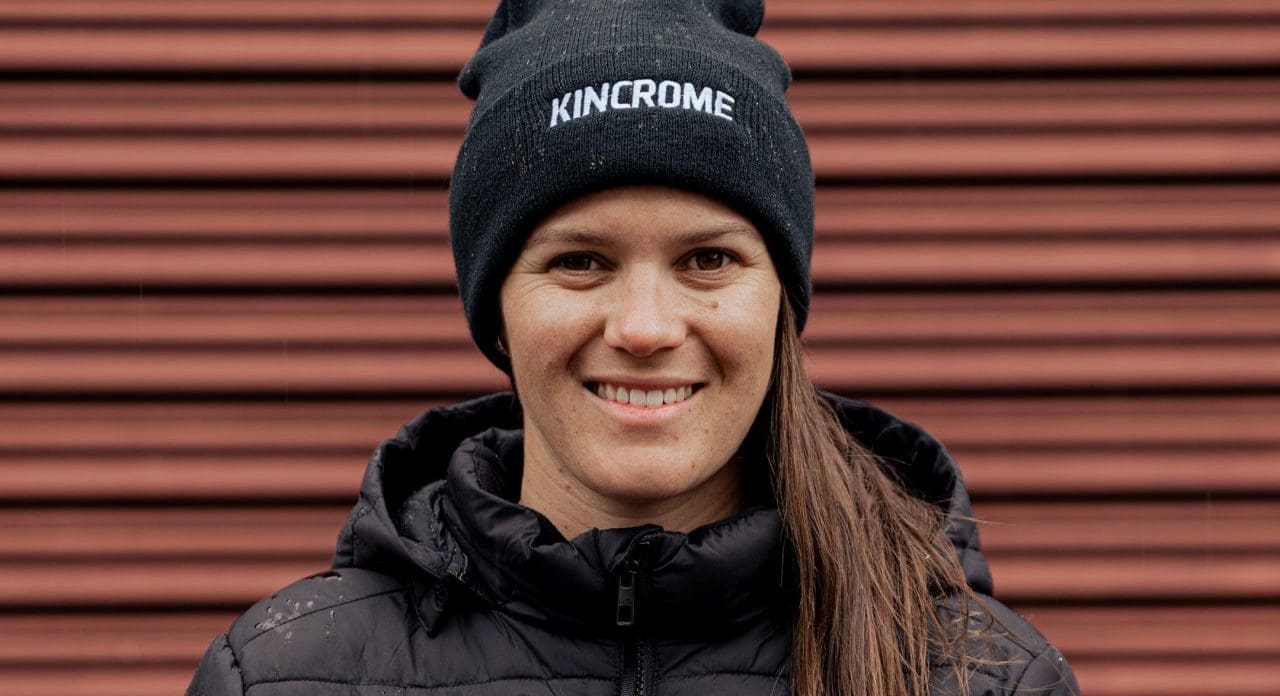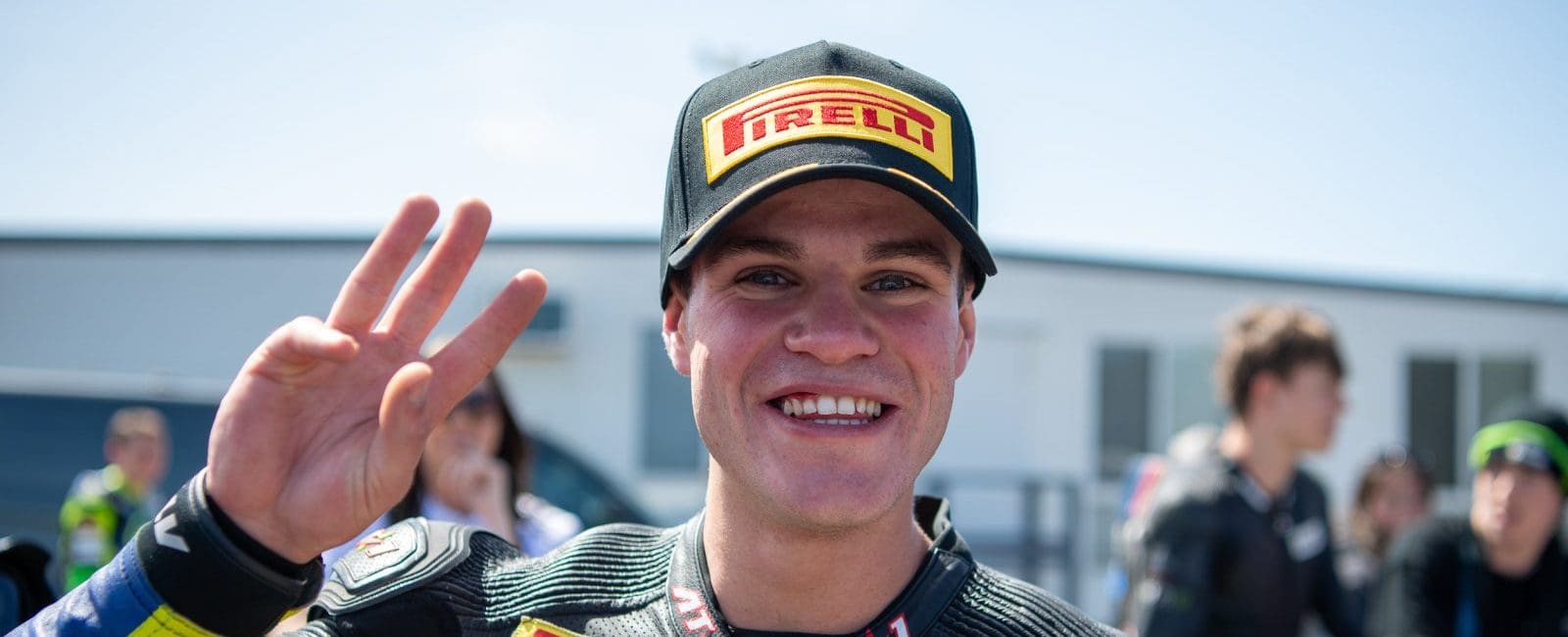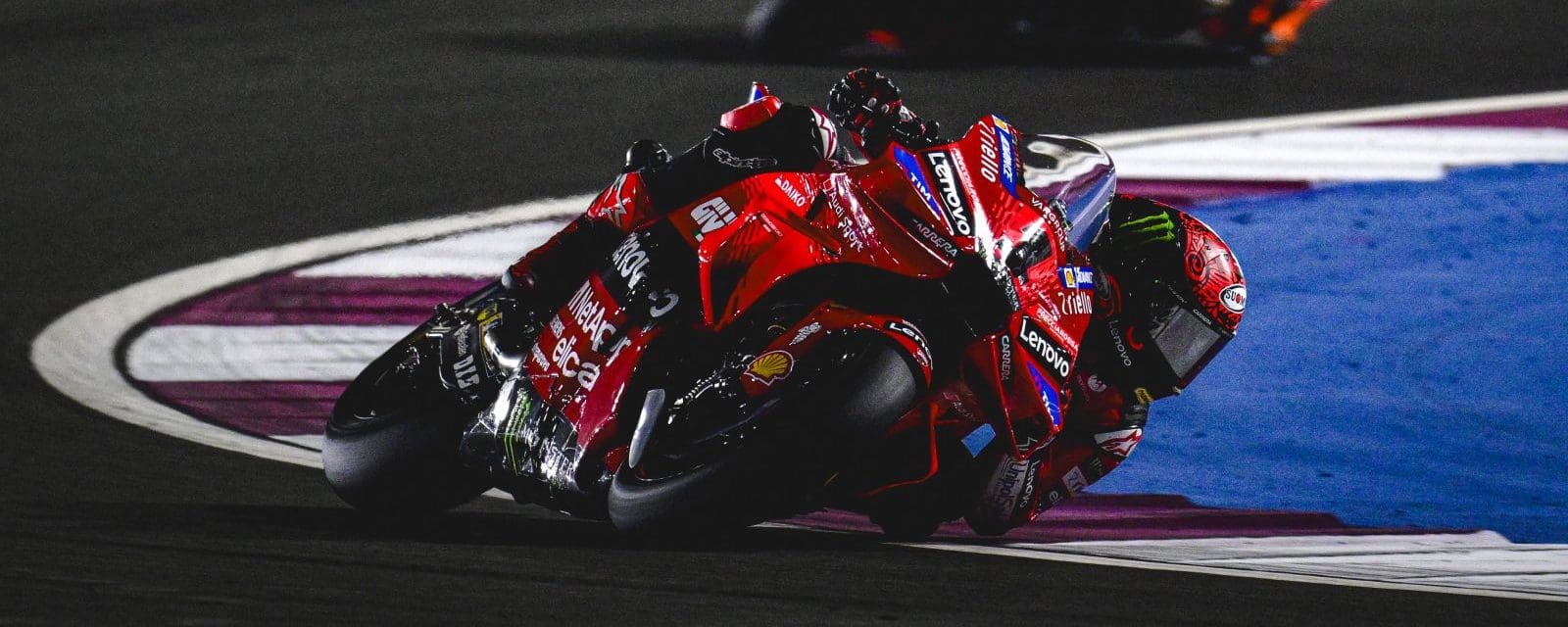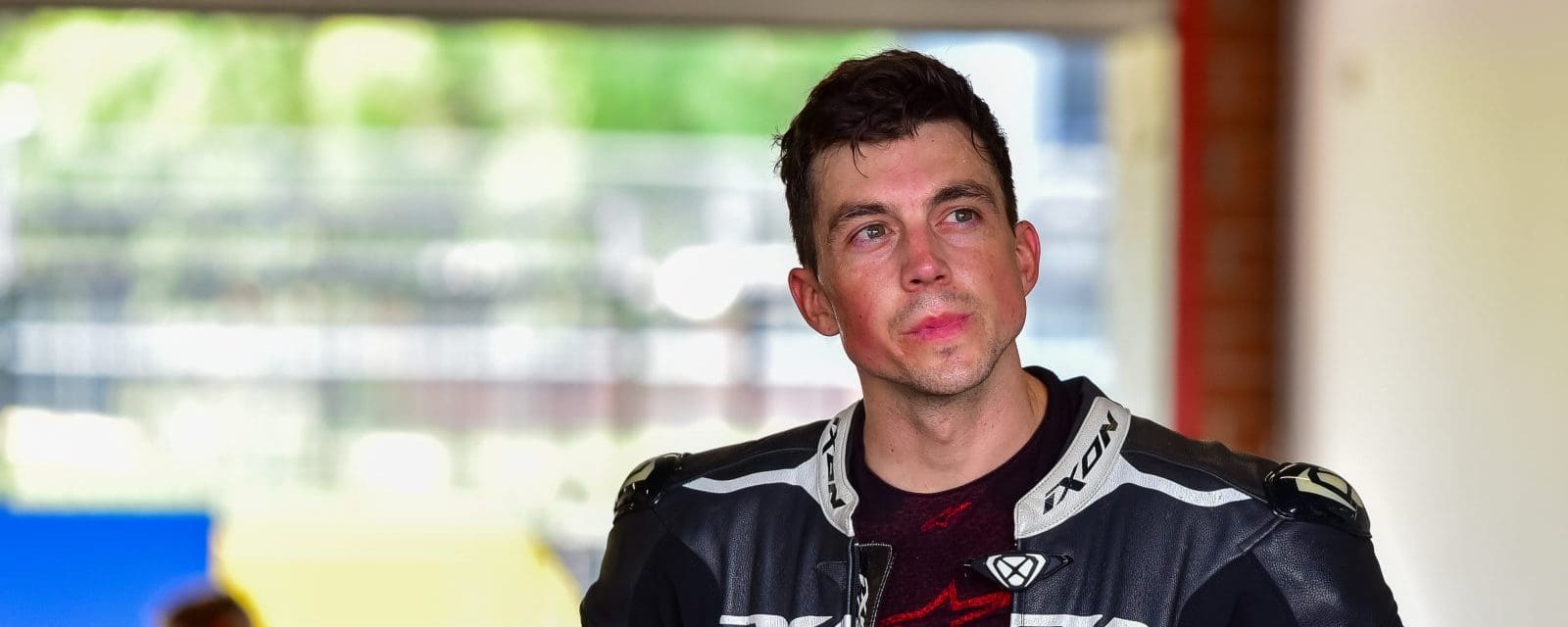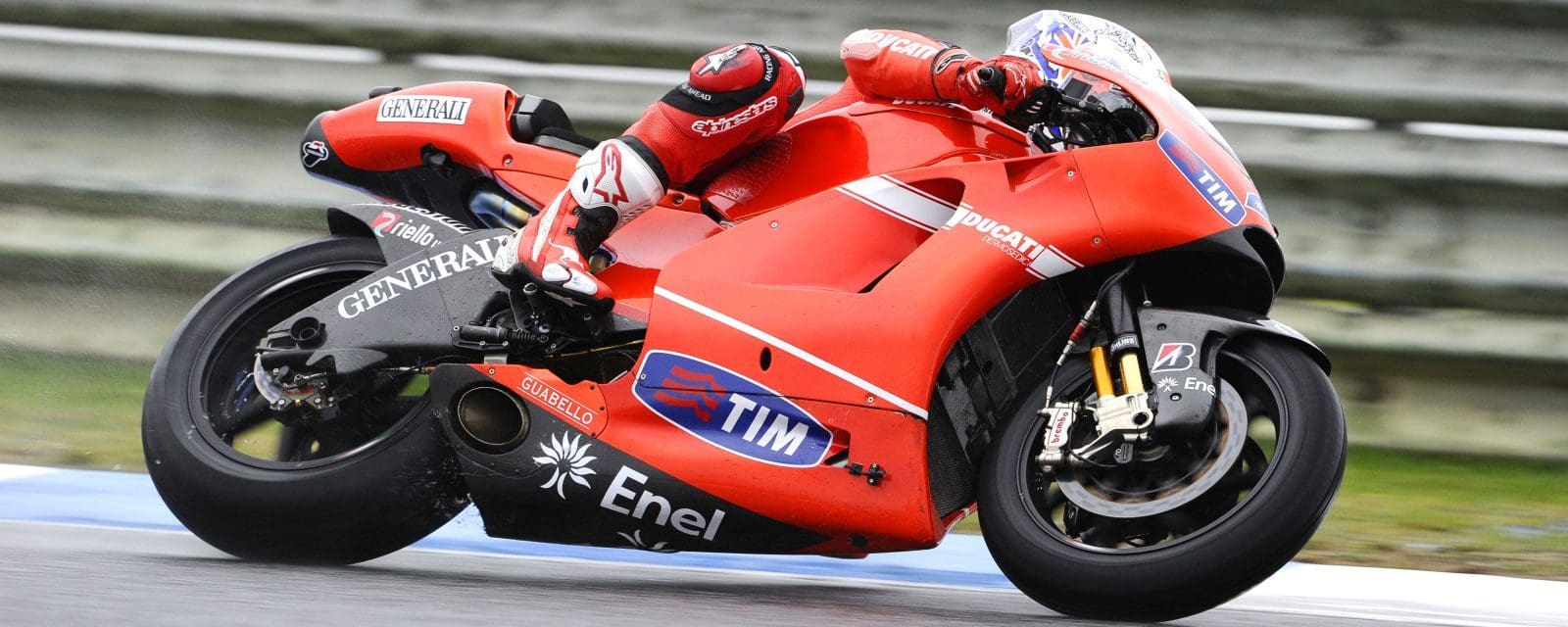Everyone spoke about how he will probably be the only sportsman ever to win grand prix world titles on two and four wheels. Some also asked why he had never been knighted for his efforts. But few recognised that he had helped create the worldwide vintage racing movement that is so popular today.
As all retired GP stars will tell you, the time at the top is an all-too-brief moment in the sun. What to do after the bubble of fame has burst is an issue many have struggled with. Vintage racing festivals have given a lot of these retired legends another flash of the spotlight.
Surtees became world motorcycle champion at age 22 and F1 champ at age 30, so he reached his twin peaks at an early age. But in an interview coinciding with his 80th birthday in 2014, he admitted he had no plans to give up riding racing motorcycles or driving racing cars in “spirited demonstrations”.
“I don’t want my cars and bikes to be things that are just looked at,” he said, creating a mantra that still resonates around the world in historic racing festivals.
I first saw John Surtees at the Adelaide F1 GP in the late 1980s. He was demonstrating one of the legendary 1950s Mercedes-Benz Silver Arrows, now worth around $40 million.
As I watched Surtees wrestle the big brute around Adelaide’s concrete canyons I realised what the term ‘sawing at the wheel’ meant.
On dry old tyres he was sliding on opposite lock using huge arcs of the gigantic steering wheel. It was a powerful ‘time warp’ moment for this former 70s longhair who had often received the Eagle Sports Annual as a Christmas present in the late 60s.
Fast forward into the early 90s and I found myself standing beside the great man himself. We were standing in a queue waiting to sign on to participate in the annual classic motorcycle racing festival at Pukekohe in New Zealand.
Surtees was one of those people who looks slightly stern and reserved from a distance but once you get in conversation becomes an animated and passionate enthusiast.
And so it was that day. He’d been to New Zealand during the 60s racing GP-spec cars in the off-season, but this was the first time he’d ridden a GP motorcycle there. Surtees was like a kid in a candy shop.
A few hours later he silenced the crowd as he took his MV Agusta at full noise down Pukekohe’s back straight. It was a blood-curdling sound straight out of the pages of the Eagle Sports Annual book of fairytales. There was a deadly quiet in the pits as everyone cocked their ears to catch the fading notes of a magnificent four-cylinder engine shutting off for the circuit’s faraway hairpin corner.
Surtees was at his peak back then. He’d helped organise the legendary 1989 Brands Hatch Classic Superprix, which had brought together some of racing’s most exotic motorcycles in a prototype of the classic racing festivals we almost take for granted these days.
One of the GP legends at Brands Hatch in July 1989 was four-time world champion Hugh Anderson. Surtees arranged for the Kiwi ace to demonstrate the mid-60s ex-Mike Hailwood Honda 500cc four-cylinder. Anderson was also racing a G50 Matchless, coming first and third in his two races while setting the fastest lap in both.
A year later Anderson returned to the Superprix. His efforts in the two races that weekend were described in AMCN: “Anderson made a clean sweep in the world’s two most prestigious historic races, making him the unofficial Classic World Champion.”
Yes, John Surtees gave almost as much to classic racing as he did to GP motorcycle racing and Formula 1. And in the process he gave retired champions like Hugh Anderson another lease of life.
By Hamish Cooper
